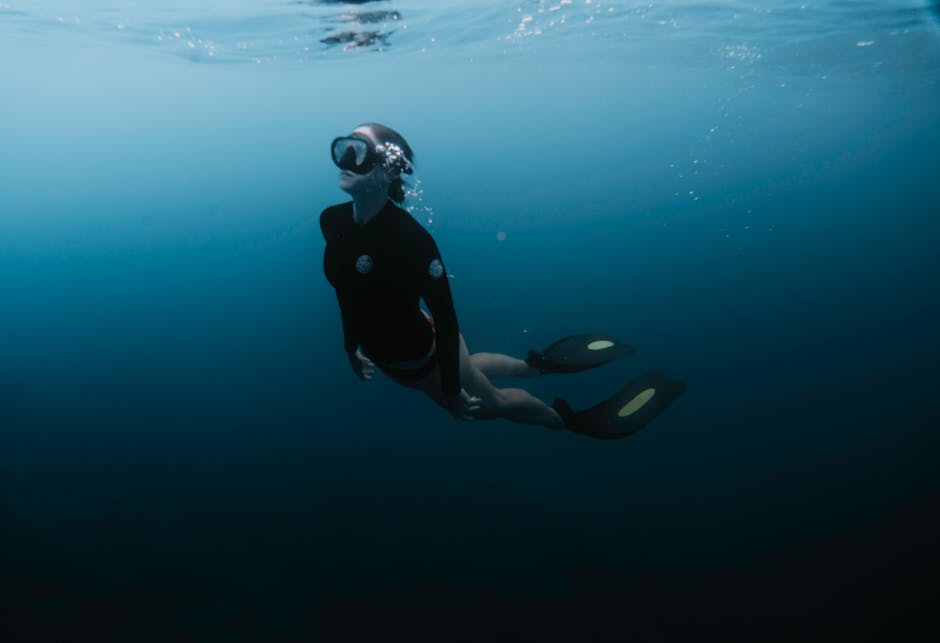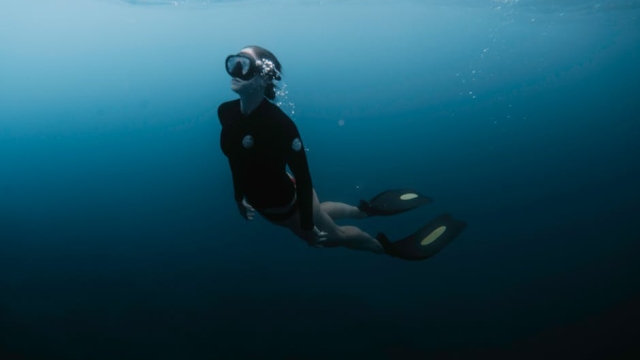
Underwater welding is a specialized field that plays a crucial role in marine construction, repair, and maintenance. This challenging task involves unique techniques and materials that can withstand the harsh conditions of submerged environments. Understanding the specific underwater welding materials used in this industry is essential for ensuring the integrity and longevity of underwater structures.
Types of Underwater Welding
Wet Welding
Wet welding is performed in an open water environment, where the welder uses an electrode that is designed to function in the presence of water. The primary materials used in wet welding include:
- Low Hydrogen Electrodes: These electrodes minimize hydrogen absorption, which is crucial to prevent cracking.
- Specialty Coated Electrodes: These are designed to provide a strong arc in wet conditions, enabling effective welding even underwater.
Dry Welding
Dry welding, often referred to as hyperbaric welding, occurs inside a chamber that is filled with a controlled atmosphere. This method allows for more traditional welding materials to be used without the complications that water introduces. Key materials include:
- TIG (Tungsten Inert Gas) Welding Rods: These rods are ideal for creating high-quality welds in a dry environment.
- Filler Metals: These are selected based on the base materials being welded, ensuring compatibility and strength.
Essential Materials for Underwater Welding
Electrodes
Electrodes are critical components in underwater welding. The selection of the right electrode can significantly influence the quality of the weld. Commonly used electrodes include:
- Low Hydrogen Electrodes: Excellent for wet welding due to their reduced susceptibility to cracking.
- Cellulosic Electrodes: These are often used in wet conditions for their ability to produce a stable arc.
Welding Filler Materials
Filler materials must be compatible with the base metals being welded. Common filler materials include:
- Stainless Steel Filler Rods: Frequently used for underwater applications due to their corrosion resistance.
- Aluminum Alloys: Ideal for marine structures, offering both strength and lightweight characteristics.
Challenges in Underwater Welding
Welders face unique challenges when working underwater. Some of these include:
- Visibility: Low visibility can complicate the welding process, requiring specialized lighting equipment.
- Water Currents: Strong currents can disrupt the welding process, necessitating the use of divers with excellent control skills.
- Temperature Variations: The temperature can affect the welding materials and the cooling rates of the weld.
The Importance of Material Selection
The choice of underwater welding materials is not merely a technical specification; it is a critical factor in the success of any underwater welding project. Using high-quality materials can lead to:
- Enhanced Structural Integrity: Proper materials ensure that welds can withstand environmental stressors.
- Increased Longevity: Using corrosion-resistant materials can prolong the life of underwater structures.
Conclusion
In summary, the world of underwater welding materials is complex and requires a deep understanding of the specific requirements of the underwater environment. From selecting the right electrodes to ensuring compatibility of filler materials, every choice impacts the quality and durability of the final weld. As the industry advances, ongoing research and development in welding materials will continue to enhance the safety and effectiveness of underwater welding operations.






